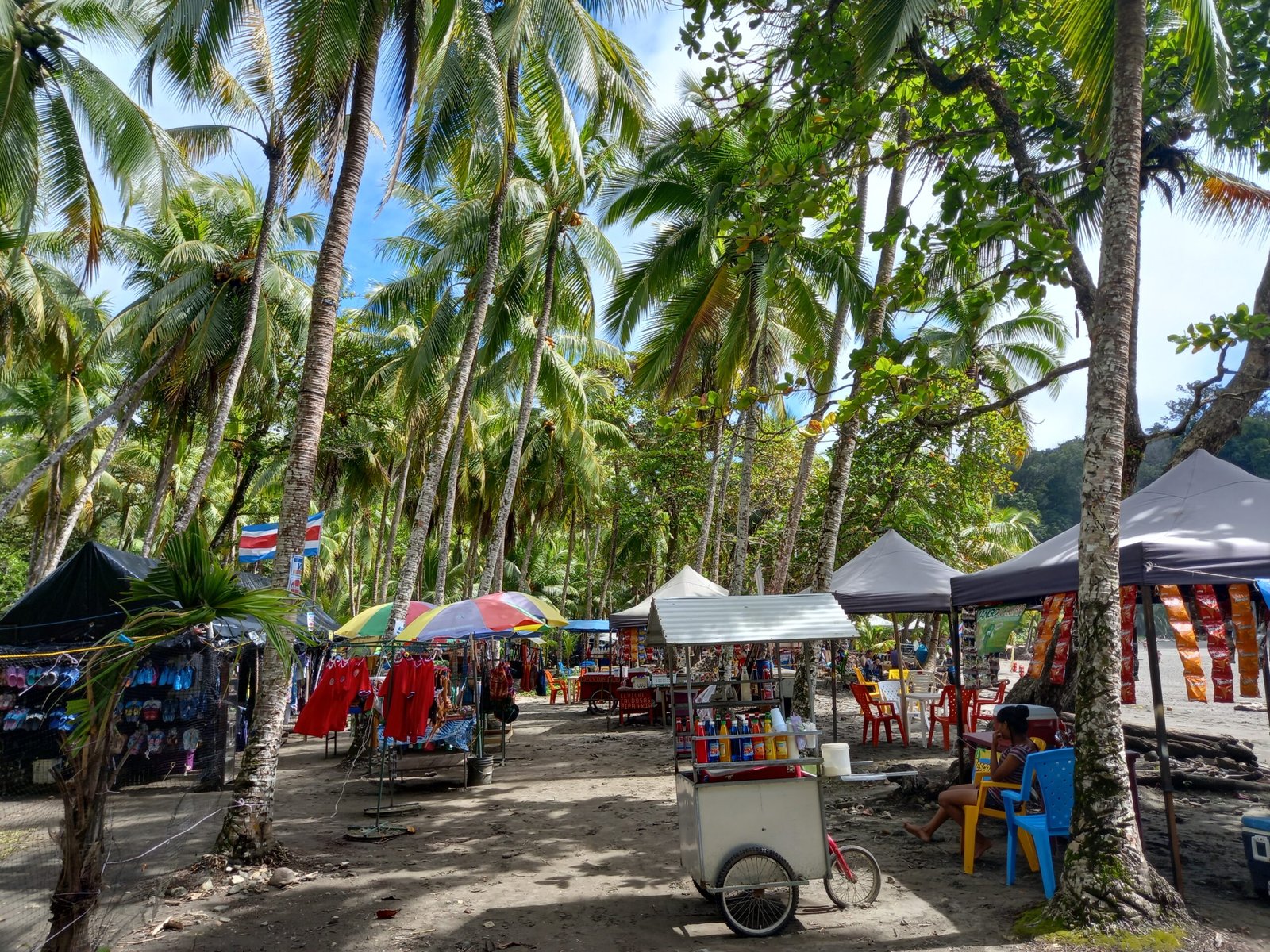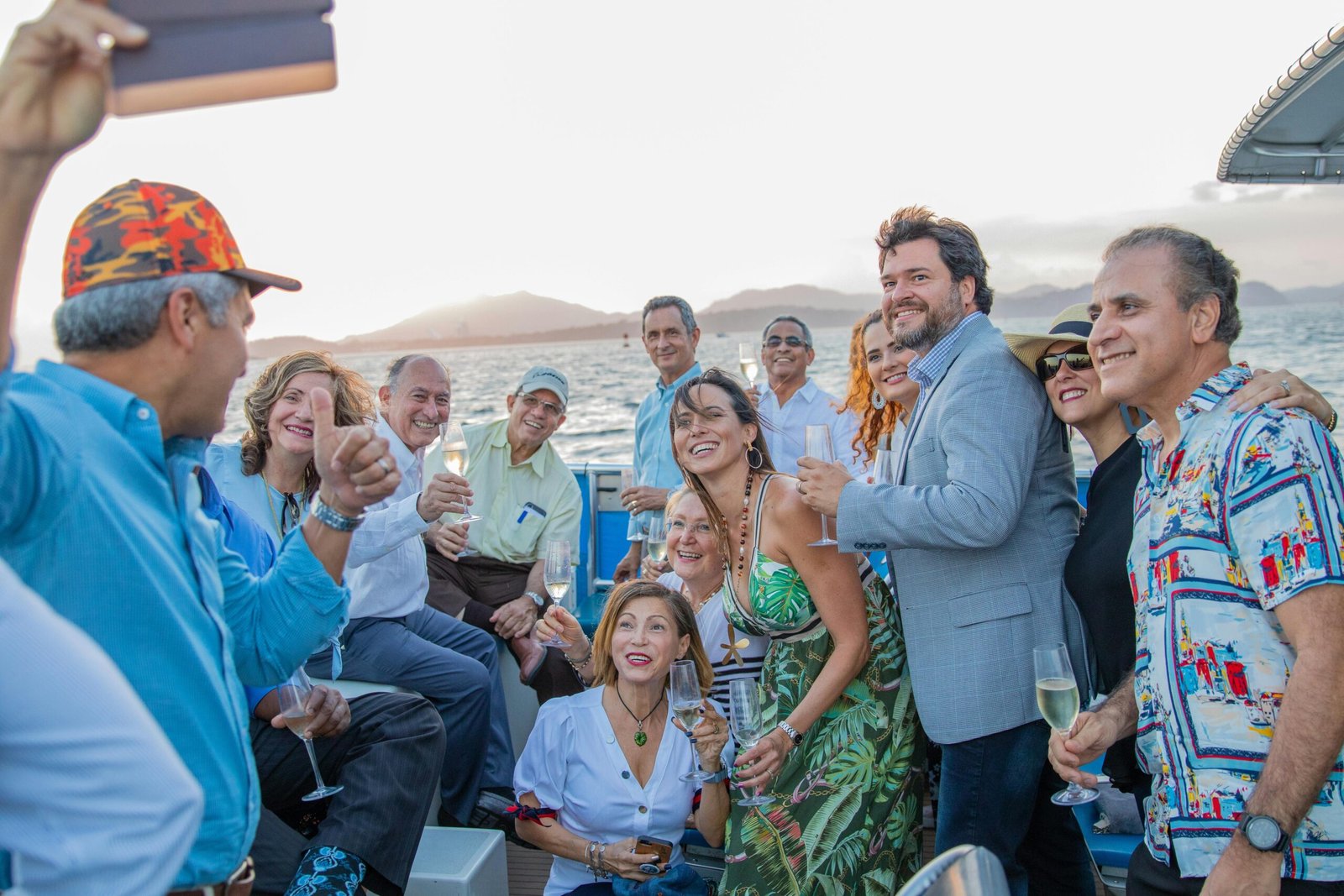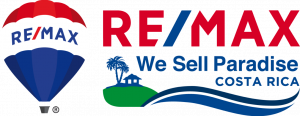Learning Spanish

You’ve landed in paradise—but the language barrier still stands. Planning the move left no time for Spanish, and now daily life reminds you just how far English can take you… and where it stops. And if you speak neither English nor Spanish, the challenge grows fast and urgent.
Spanish isn’t just helpful—it’s essential. It smooths out errands, deepens connections, and shows respect to Costa Rica and her people. Tourists who speak Spanish spend less, stay safer, and enjoy richer experiences. For expats, the benefits multiply.
You don’t need fluency. You need confidence. A few phrases open doors. A basic conversation builds trust. And every word learned brings you closer to the heart of the culture.
Age doesn’t matter. Time doesn’t matter. What matters is starting. Let this be your sign to learn Spanish this year. Your life will thank you. ¡Vamos!

THE MANY LANGUAGE STUDY OPTIONS
No single method works for everyone. People learn in different ways and follow unique daily rhythms. Some absorb language through visuals, using games and pictures. Others thrive in conversation. Some prefer writing and some study alone. Others need the energy, motivation and social aspect of a larger group.
A few lucky learners carve out hours each day but most squeeze in 20 or 30 minutes. That’s okay. What matters is consistency. Modern tools, local resources, and flexible formats now support every style and schedule.
Below, you’ll find proven techniques to build your skills. Stick around for tips on common mistakes—and how to fix them. Progress starts with the right approach. Let’s find yours.

MOBILE APPS
I credit the Pimsleur app with teaching me Spanish, and doing so very quickly. Pimsleur uses a ‘conversational’ method of daily ~25 minute audio lessons and related exercises, all contained in a convenient but sometimes slow mobile app. There are rumors that this method, developed by Dr. Paul Pimsleur in the 1960s, is used by the CIA to educate its spooks in various global languages. The CIA is known to use training programs that emphasize rapid acquisition of conversational skills – the exact blueprint for the Pimsleur Method.
There are many other options and what works best is based on individual styles and preferences. Some other examples are Duolingo, Babbel, Rosetta Stone, Memrise, and many others. The mobile apps offer convenient, structured and ongoing opportunities to master a language, with some including very aggressive reminders to make sure you never miss a day!

Many apps are great as, in a single lesson, they cover speaking, listening, grammar, reading and writing – through the audio portion of the lesson and subsequent exercises.
LANGUAGE SCHOOLS
The Ojochal & Uvita areas are rich in local Spanish language schools. These schools provide structured classes in part time or full time sessions, within large groups or more one-on-one type settings – so are a great idea of you are sloppy with your own planning & time management 🙂 Many cater to adults but there are also classes for children, including full curriculum school programs. Below are a few examples of local schools, however there are many more options available and you are sure to find exactly what you are looking for:
- Ojochal Language School (Ojochal)
- For children – Life Project Education (Ojochal)
- Happiness Project (Ojochal)
- Costatika Language School (Uvita)

ONE-ON-ONE TUTORING
This is a very effective and customized method. Your tutor will get to know you, your abilities, and your learning style to cater & customize the education. With individual attention, bespoke curriculum, and flexibility around your schedule (tutoring can also take place remotely), personalized tutoring is a very fast and convenient method of learning Spanish. I have seen many advertisements for individual tutoring on the local Facebook community page such as Ojochal Lifestyle. If you are serious about finding a Spanish tutor, make an inquiry on one of these Facebook pages – you will get multiple replies and will be able to select the best option according to your individual requirements.

THE ‘NETFLIX’ METHOD
This is a method I often use to keep my Spanish skills sharp. It simply involves watching a movie, show or video with the subtitles on. You can choose Spanish audio with English subtitles, or the other way around. For me, I find it works best if I periodically switch between the two methods, but you may wish to test-run a few movies to see what works best for you. Most streaming platforms have plenty of content available with Spanish / English (or other) subtitle and audio options. And as a bonus, you get to relax in front of the TV without feeling like you are wasting time!

JUST TALK – TO EVERYONE, EVERYWHERE!
Whatever method you use for learning Spanish, why not turn daily interactions into learning opportunities? Next time you visit a shop, soda, car wash, medical or dental office, neighborhood event, or a crowded beach, strike up a conversation in Spanish! Costa Rica is a welcoming place and your effort to learn the local language will be appreciated. In exchange, if the other person so desires, you can switch up and start talking in English (or your local language) to give your new friend an opportunity to practice as well.

LANGUAGE EXCHANGE
Similar to above but more structured – you can advertise your offer to teach a Spanish speaker your native language in exchange for Spanish lessons. It can work by scheduling daily or weekly meetups where you simply chat about anything and everything. It can also be paired with fun activities like board games, brunches or beach visits, especially if a group of language enthusiasts is formed. So while some may prefer to work in a one-on-one setting, large groups have their own benefits as they build momentum and commitment.

READ
Spanish-language books, articles, magazines, or even specific publications for language training (for example books with Spanish text on one side and English on the other) are another option. The issue here is that you do not get instant feedback so while will learn new words, you may not be pronouncing them properly unless there is an accompanying audio. Even so, this method can be paired with any of the above methods for additional impact.

IMMERSION
This is a combination of the above methods. You live in a Spanish speaking country – this is a HUGE advantage. You are surrounded by Spanish-language TV, music, signs, newspapers & magazines and, of course, the wonderful people of Costa Rica. So already you are consuming Spanish language content in many ways, every day. If you combine your lucky location with a few of the above methods, and you commit time and effort to learning every single day, you will be AMAZED by the progress you make in the next few weeks and months.

SUMMARY
- Start by finding the best language method personalized to your free time, learning style, and personal preferences.
- You are not a linguistics student – while definitely important, your focus should not revolve around grammar. Your focus should be set on communicating – meaning vocabulary, speaking and listening. Throw in a bit of reading and writing for good measure, but mostly you should be back-and-forth conversing at every chance.
- Get out there! There is no better way of elevating your progress than consistently using your newly acquired language skills as often as you can. And since you live in a Spanish-speaking country, this should not be hard!
- Capitalize on every opportunity of practice. Watching a movie? Throw on Spanish subtitles. Waiting for an appointment? Pick up that Spanish language magazine. Ordering at a a cafe? Do so in Spanish! Long drive? Put on a Spanish language radio station.
- Do a little bit every day. Consistency is key.
- Never compare yourself to fluent speakers or fellow students. Compare yourself to yourself, but a week or a month ago. Sometimes it is hard to notice progress until you take a hard look back. Celebrate your success!

CHALLENGES
I have observed several important pitfalls when it comes to studying a new language. These are never major or insurmountable, and are easily corrected – however they have a way of sneaking up on the student and sabotaging progress.
FEAR OF MAKING MISTAKES
I often come across people who are embarrassed to speak in a new language. This can be because they are the type of person who seeks perfection and feels tepid about making mistakes in grammar, pronunciation or vocabulary. In effect, they do not want to appear as if they are a beginner. New speakers may also feel self-consciousness, anxiety, or perceived judgements, for a variety of reasons.
The thing to remember is that we are not robots – we all learn bit-bit-bit and we all make mistakes. We were all beginners once – starting with taking our first steps and falling down innumerable times, to learning our native tongue, riding a bike, driving a car – you get the idea. Making and correcting mistakes is a part of the experience and is unavoidable, no matter who you are. So accept it as an inescapable part of the process and keep your eye on the prize.

NOT COMMITTING TO STUDY
Studying a new language takes commitment, and it is a daily commitment. I have experience with weekend language schools – the class would learn something on Saturday, and no one would study during the week. Come next Saturday, instead of learning something new, we would review last week’s lesson because by now everyone forgot what they learned! Needless to say, by the end of the term, little progress was made.
So daily review is required – even a very short 5-10 minute rehash will do if you are short on time. Do you know why the language apps pester you if you miss a day of lessons? It is because repetition is key, and it has a HUGE MEGA IMPACT on your progress, your commitment and your ultimate success. Learning Spanish is a series of small, consistent bits of effort. That’s it!

NOT HAVING A PLAN
Saying I will start the lessons and see how I go is not a good start. You need a plan, even a simple one. Otherwise it is easy to stray, miss days, experience poor progress and eventually give up. A plan can be very simple – for example:
“I will do one Pimsleur lesson a day for the next 30 days, and after the 30 days I will evaluate my progress and set further goals. If I miss a lesson on Monday I will complete two lessons on Tuesday to catch up”.
“Each time I leave the house I will strike up three different Spanish conversations with store employees, friends or strangers “.
“Every day I will watch 30 minutes of TV with Spanish audio or subtitles. I must pay attention to the language instead of being lost in the story”
“I’ll aim to attend one full semester of the local language school without missing any days. I will complete all lessons, exercises and homework mindfully “
COMMIT TODAY!

Make 2025 the year – this is your sign to get serious about learning Spanish NOW! Choose a method from the options outlined above and take the first steps! You CAN go from little or even zero Spanish to being conversationally proficient in just a few short months or even weeks.
While many expats and Ticos are fluent or competent in English, you will never get the full Costa Rica experience unless you have at least a conversational mastery of Spanish. The full richness of the local life, culture and Pura Vida immersion will reveal itself once you can speak the langue of your adopted land. And if you are not yet settled but have fallen in love with Costa Ballena, we invite you to browse the local properties available in our area, knowing that RE/MAX WE SELL PARADISE is your trusted partner in the South Pacific corner of Costa Rica.



